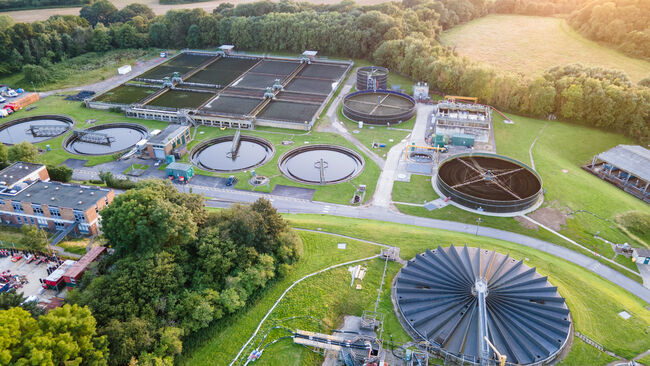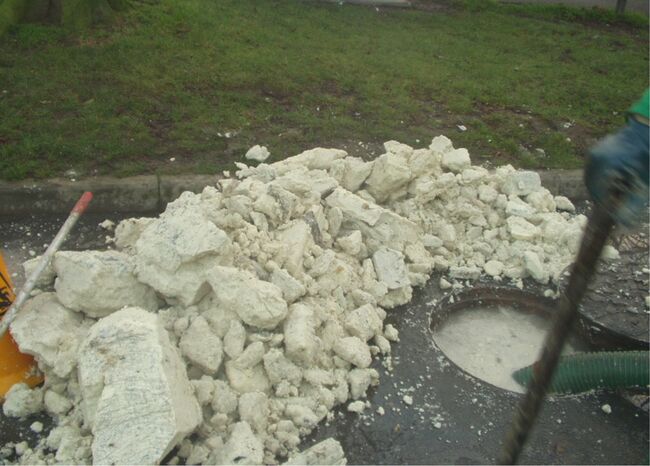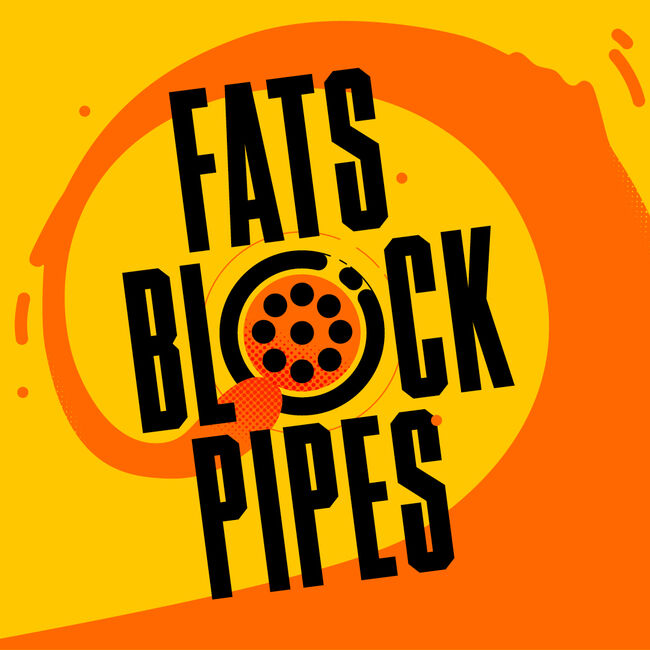Sustainable drainage
Helping reduce pollution and flood risk from rainwater
Rainwater can cause flooding and erosion when flowing from roofs, roads or paved areas into drains.
The water industry strongly supports managing rainwater by slowing it down before it enters drains (to prevent sewers overloading) or goes back into rivers or streams. A good way of doing this is through the use of structures called 'sustainable drainage systems' also known as SUDs.
SUDs are structures such as retention ponds, wetlands, infiltration basins or swales (shallow ditches) that allow surface water to drain away over time. They work by capturing and holding the excess water and allowing as much as possible to soak slowly into the ground or through vegetation, close to where the water fell. Slowing the water down in this way mimics how rainwater would naturally drain away if less of our surfaces were covered in buildings, concrete and tarmac.
As well as slowing the return of the water down, SUDs help to reduce pollution, as particles are captured in the sediment of the SUD system and not allowed to freely enter the environment.
SUDs may also create important areas of natural habitat, and in doing so, create additional biodiversity and community benefits. In some areas, SUDs can also encourage recharging of the natural water table.
The installation of SUDs on new developments became mandatory in 2023 as part of the Governments Sustainable Drainage System Review. Full implementation is expected during 2024.
Surface water management forms part of the local planning requirements for increasing sustainability and managing flood risk. There are several benefits to developers installing SUDs which include:
speeding up the planning approvals process
saving money on construction costs associated with drainage
making their development more attractive to buyers
reducing ongoing maintenance costs
Advice about sewer design
Information, guidance and standards
Read more

Our 25 year plan for waste water
To expand drains and sewers and reduce sewage going into rivers

Sewage treatment works
Treating and cleaning sewage before it is released into the environment

Fighting fatburgs
Wet wipes, cotton buds, sanitary products and fats oils block sewers




